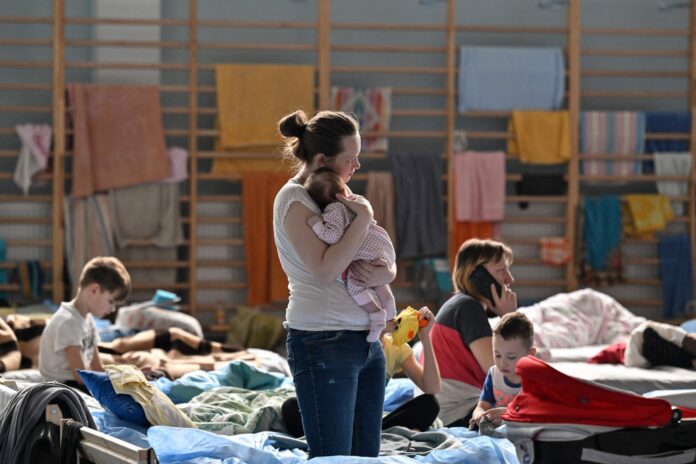
As the war continues its cruel course in Ukraine, we are reminded of the terrible toll every war takes on society and on humanity. Rising energy costs are but one example. And each war creates a wave of emigration, causing humanitarian crises in many countries, some already overwhelmed as a result of previous wars and insufferable regimes.
Lithuanians throughout the world were among many who may have believed war would not return to Europe. The Russian invasion of Ukraine must be particularly disturbing for anyone whose parents or grandparents experienced forced emigration during and after World War II. Those who fled the Soviet occupation, primarily to Germany, thought of themselves as exiles from their homeland. Strictly speaking, exiles are deportees, citizens who are physically taken and transported to specific destinations, where they are forced to live and work as prisoners in sub-human conditions. The massive arrests and deporations to Siberia are commemorated by all the Balts every year on June 15. Many educated Lithuanians were listed for deportation, and left their country under threat or likelihood of arrest.
Not quite prison conditions, but meagre subsistence awaited refugees, who fled mostly to Germany and its DP (displaced persons’) camps, which were in zones administered by each of the Allies. As DP’s, they were sheltered in former concentration camps, army barracks, schools, barns and stables, were provided rations and possibly – some form of employment. Eventually, as the Soviet occupation continued, refugees found relatives to sponsor their immigration to USA, Canada and Australia or were able to obtain work contracts for (in Canada) mining, forestry, or farm work and for women – household service, hospital cleaning and other menial jobs.
Many accounts of DP lives and journeys still emerge today, nearly 80 years later, reflecting the longstanding hurt, guilt and longing in the psyche of refugees. Most of them had no doubt they would return to their homeland. Every generation that endured the displacement was affected, and to a varying extent, so were their children and grandchildren, born in countries where the DP’s finally settled.
Today, we witness history repeating itself. Luckily, at this time, most countries welcoming refugees are better-equipped to receive them. Of the 41.4 million citizens making up the population of Ukraine before the war began in February of this year, 9.6 million have fled, mostly to neighbouring countries: Poland has taken in nearly 1.5 million. Latvia and Estonia have about 26,000 and 40,000 respectively. Lithuania has also shown particular generosity to Ukraine, not only funding military equipment, such as the Baykar drone, but also welcoming nearly 60,000 refugees since February 25. Over one third of that number are minors (1,227 of those – unaccompanied minors).
The motto being used in Lithuania to encourage aid to Ukraine is both touching and inspiring: “Mūsų širdys ir rankos Ukrainai” – Our hearts and hands for Ukraine. Hopefully, war fatigue, already a theme in today’s media, will not close either hearts or hands.





























